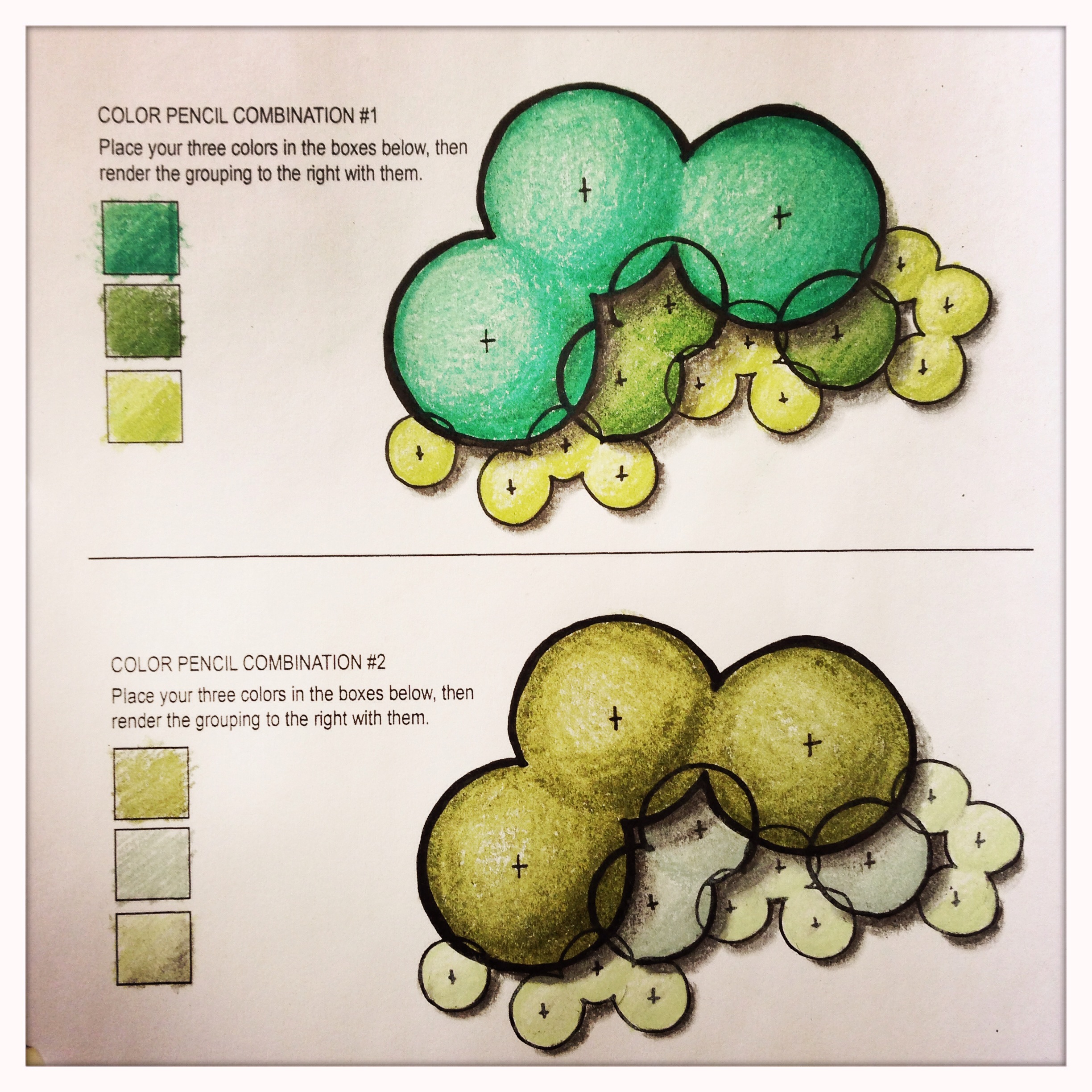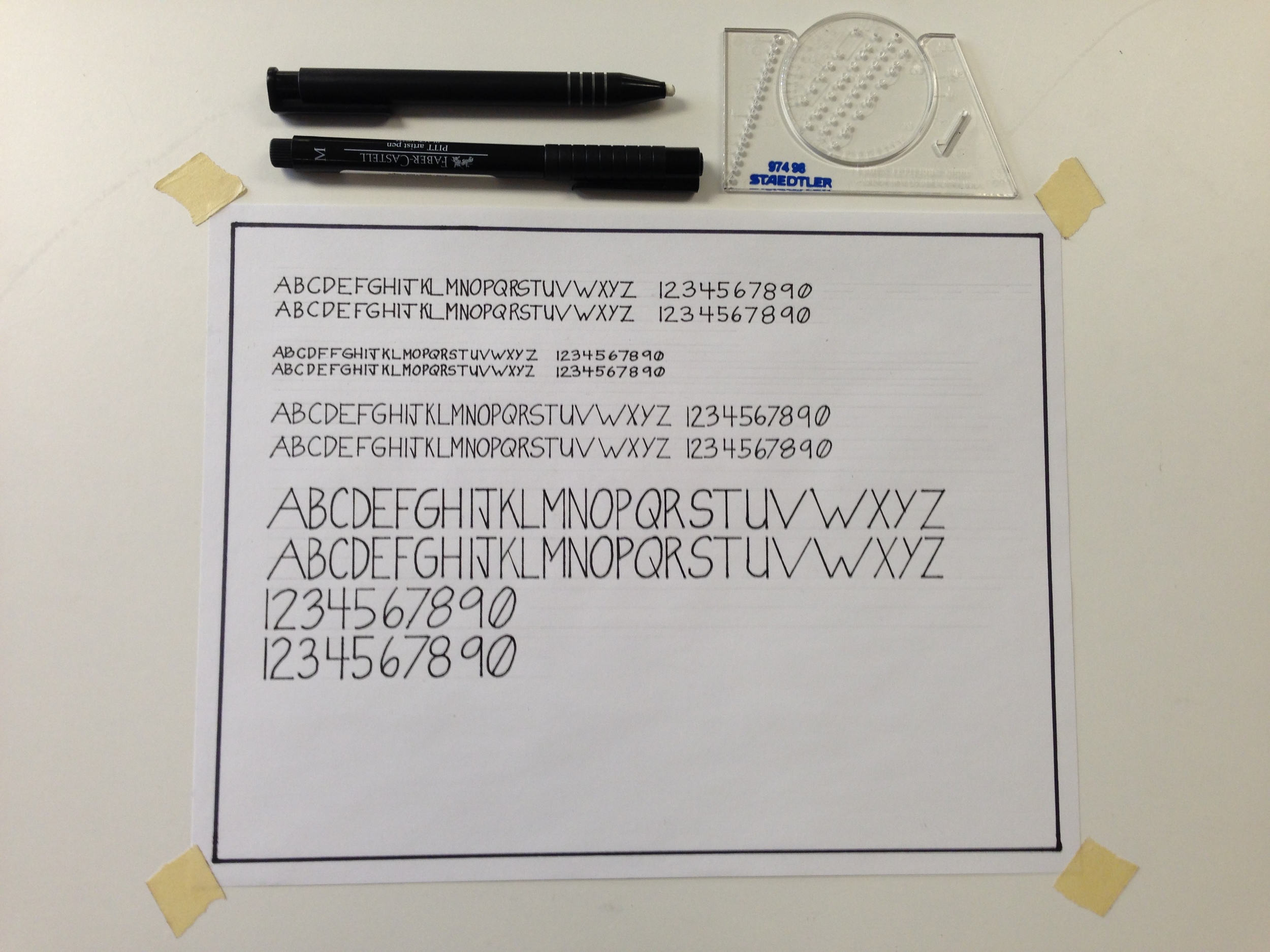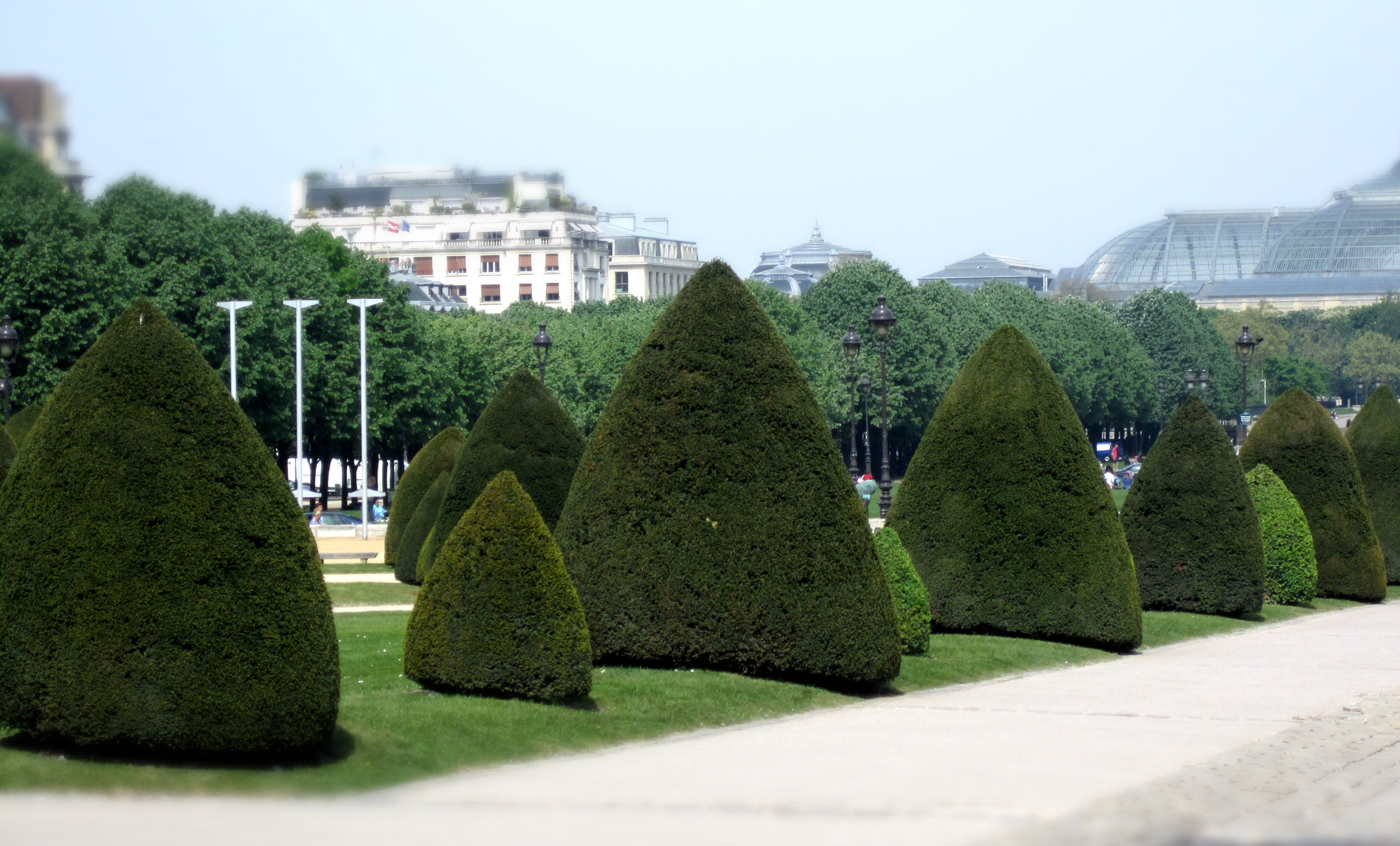Computer-aided versus hand-drawn. Even though I tend to live in my own little world where this battle has been fought and won, once I step outside it's like traveling back in time. The battle rages on--what should illustrators use for their presentation drawings? Pencils, markers, or should we do everything by computer?
Below are two hand-rendered versions of the same drawing, one done in pencil, the other with marker. To be honest I like the look of both, but getting the pencil to look this good takes a physical toll--I felt like I was getting arthritis after I was done with this drawing. So pencil is definitely out.
Color rendering by hand with Prismacolor markers.
Color rendering by hand with colored pencils.
I believe it is fair to differentiate between the linework and color rendering that goes into a landscape drawing. Linework by computer is by far the superior method, no question. Linework requires a measurable, precise, technical quality which is best achieved by computer.
When it comes to color rendering there is more room for debate. Color rendering is a diagrammatic, stylistic endeavor which elicits a loose hand.
Colored rendering by hand with Prismacolor markers.
Digital color rendering using Adobe Illustrator.
As for my own landscape plans, I still have not made up my mind. After creating both the digital and marker color renderings, I realized how much richer the color saturation was on on the hand-rendered version. Next time I do a color rendering by computer, I'll be a bit bolder with my colors. Hand techniques inform the digital, but in the end it will probably be computer rendering for me.










